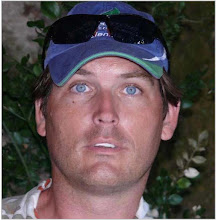The Ministry for the Environment has approved the Programa de Accion Nacional de Lucha contra la Desertificación (PAND – national programme of action to combat desertification) thus complying with the United Nations Convention to Combat Desertification. According to the diagnostic report of the PAND 37 per cent of Spanish territory is at risk from desertification, almost 18% classified as at very high or risk and 19% medium risk. The areas most affected are the Canary Islands and the south-east of the peninsula.
Most recognized deserts have an annual rainfall below 400 millimetres. Some authorities consider 250 millimetres the upper limit for mean annual precipitation for true deserts, describing places with a mean annual rainfall of between 250 and 400 millimetres as semideserts. Measurement of rainfall alone can't provide an accurate definition of what a desert is because being arid also depends on evaporation which depends in part on temperature. The main preoccupation in the case of Spain is that of land becoming unable to sustain vegetation which in turn leads to problems with erosion which in turn accelerates desertification.
Jaen is the Andalucian province with the greatest area, 50 per cent, classified as being at very high or high risk of desertification followed by Almeria (home to Europe's only desert; the Tabernas desert, with an area of 280 square kilometres, an average annual rainfall of 243 mm. and around 3,000 hours of sun per year) with 49% of its territory at this level of risk, Granada with 47%, Cordoba with 44%, Malaga with 30%, Sevilla with 29% and lastly Cadiz with only ten per cent of its area at high or very high risk.
Some of the measures to be taken are protection and special management of existing forests, reforestation programmes, control of grazing and steps to stop erosion and retain more rainfall.


No comments:
Post a Comment